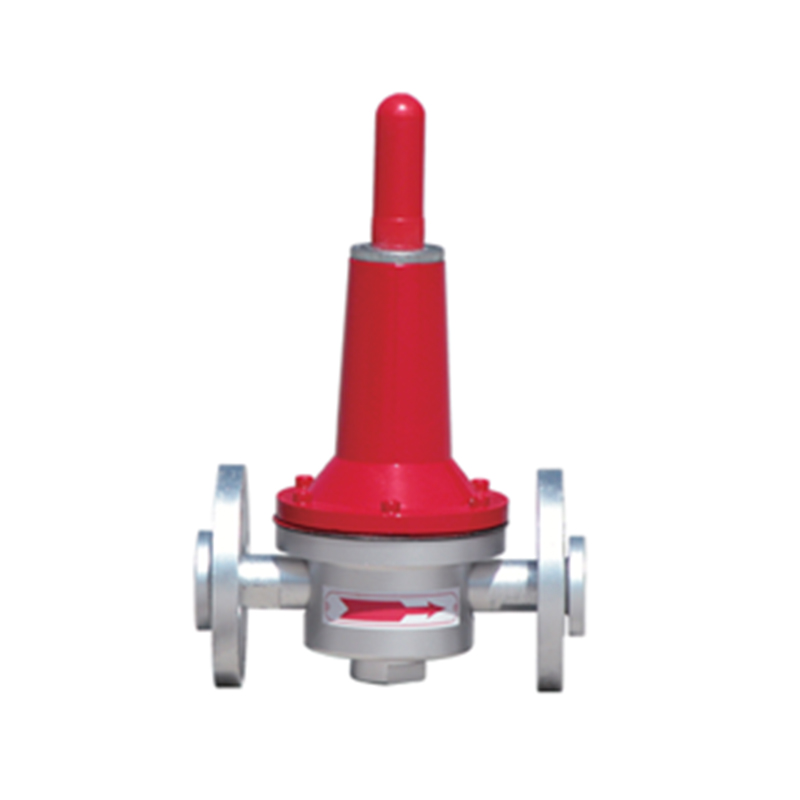
Dec . 04, 2024 16:39
Back to list
Understanding the Functionality and Benefits of Electric Auxiliary Heaters in Modern Systems
Understanding Electric Auxiliary Heaters Efficiency and Applications
In the realm of modern heating solutions, electric auxiliary heaters have gained significant attention and usage. These devices serve as supplementary heating systems, particularly crucial during extreme weather conditions when the primary heating system might struggle to maintain comfort levels. This article explores the functionality, advantages, and applications of electric auxiliary heaters.
What is an Electric Auxiliary Heater?
An electric auxiliary heater is a supplementary heating device that operates using electrical energy. Designed to assist primary heating systems such as heat pumps or furnaces, these heaters ensure that indoor spaces reach and maintain a comfortable temperature during cold weather. While heat pumps can effectively heat homes, their efficiency can diminish drastically in colder climates. This is where electric auxiliary heaters step in, providing additional warmth and ensuring comfort.
How Do Electric Auxiliary Heaters Work?
Electric auxiliary heaters utilize electric resistance to generate heat. When outdoor temperatures drop significantly, heat pumps may not extract enough heat from the outside air, leading to lower indoor temperatures. In such cases, electric auxiliary heaters kick in automatically or can be activated manually to deliver the extra warmth needed.
These heaters can be integrated directly into the existing HVAC system or installed as standalone units. They come in various forms, including wall-mounted units, portable space heaters, or even floor-mounted systems. Their operation is straightforward when triggered, electric currents flow through resistive coils, converting electrical energy into heat, which is then blown into the living space.
Key Benefits of Electric Auxiliary Heaters
1. Efficiency Electric auxiliary heaters can significantly enhance the overall efficiency of a heating system. By compensating for the reduced performance of heat pumps in cold weather, they help maintain consistent indoor temperatures without overburdening the primary heating system.
2. Cost-Effective While the operational cost of electricity can fluctuate, electric auxiliary heaters are generally a cost-effective solution for homeowners facing extreme cold. They provide targeted heating and can be used in specific areas of the home, reducing the need to heat unused spaces.
electric auxiliary heater

3. Quick Response Time Unlike some other heating methods that may take time to warm up, electric auxiliary heaters offer instant heat. This characteristic is particularly advantageous in rapidly changing weather conditions, ensuring comfort is restored quickly.
4. Flexibility and Portability Many electric auxiliary heaters are designed to be portable, allowing homeowners to move them where needed. This flexibility ensures that specific rooms or areas where extra warmth is needed can be heated efficiently without having to raise the temperature of the entire home.
5. Ease of Installation Installing an electric auxiliary heater is typically straightforward compared to other heating systems. Many models plug into standard electrical outlets, making them accessible for use in various settings without extensive installation requirements.
Applications of Electric Auxiliary Heaters
Electric auxiliary heaters find applications in several scenarios
- Residential Use Homeowners often use these heaters to enhance comfort during winter months, especially in regions with harsh climates. They are perfect for bedrooms, living rooms, or any area that may require additional heating. - Commercial Spaces Businesses may utilize electric auxiliary heaters to provide supplemental heat in office spaces, waiting rooms, or workshops, creating a more comfortable environment for employees and customers.
- Construction Sites During cold weather, electric auxiliary heaters can be invaluable on construction sites, ensuring that work can continue safely and effectively.
- Recreation Centers Sports facilities or recreational centers may deploy these heaters in specific zones to maintain comfortable temperatures for patrons engaging in physical activities.
Conclusion
Electric auxiliary heaters are practical and efficient solutions for maintaining indoor comfort during the colder months. With their ease of use, flexibility, and rapid heating capabilities, they serve as a vital backup to traditional heating systems. As homeowners and businesses alike continue to seek effective ways to manage energy consumption while ensuring comfort, electric auxiliary heaters will undoubtedly remain an integral part of heating strategies in various applications.
Latest news
-
Safety Valve Spring-Loaded Design Overpressure ProtectionNewsJul.25,2025
-
Precision Voltage Regulator AC5 Accuracy Grade PerformanceNewsJul.25,2025
-
Natural Gas Pressure Regulating Skid Industrial Pipeline ApplicationsNewsJul.25,2025
-
Natural Gas Filter Stainless Steel Mesh Element DesignNewsJul.25,2025
-
Gas Pressure Regulator Valve Direct-Acting Spring-Loaded DesignNewsJul.25,2025
-
Decompression Equipment Multi-Stage Heat Exchange System DesignNewsJul.25,2025

